Arizona, renowned for its vast deserts and magnificent natural wonders, is a dream destination for travelers worldwide. Among these, the Grand Canyon stands out as a gem, not only for its immense size but also for its diverse ecology and rich geological history. If you’re seeking an authentic ecotourism experience in Arizona, the Grand Canyon is an unmissable stop.
Grand Canyon: A Symphony of Nature and History
Located in the Colorado Plateau, the Grand Canyon is a breathtaking gorge approximately 446 km (277 miles) long and up to 29 km (18 miles) wide at its widest point. Its incredible depth, reaching 1,800 meters (6,000 feet), creates a majestic panorama with colorful rock layers formed over millions of years. The diversity in terrain and rock formations has produced magnificent limestone cliffs and deep valleys, attracting the attention of both scientists and tourists.
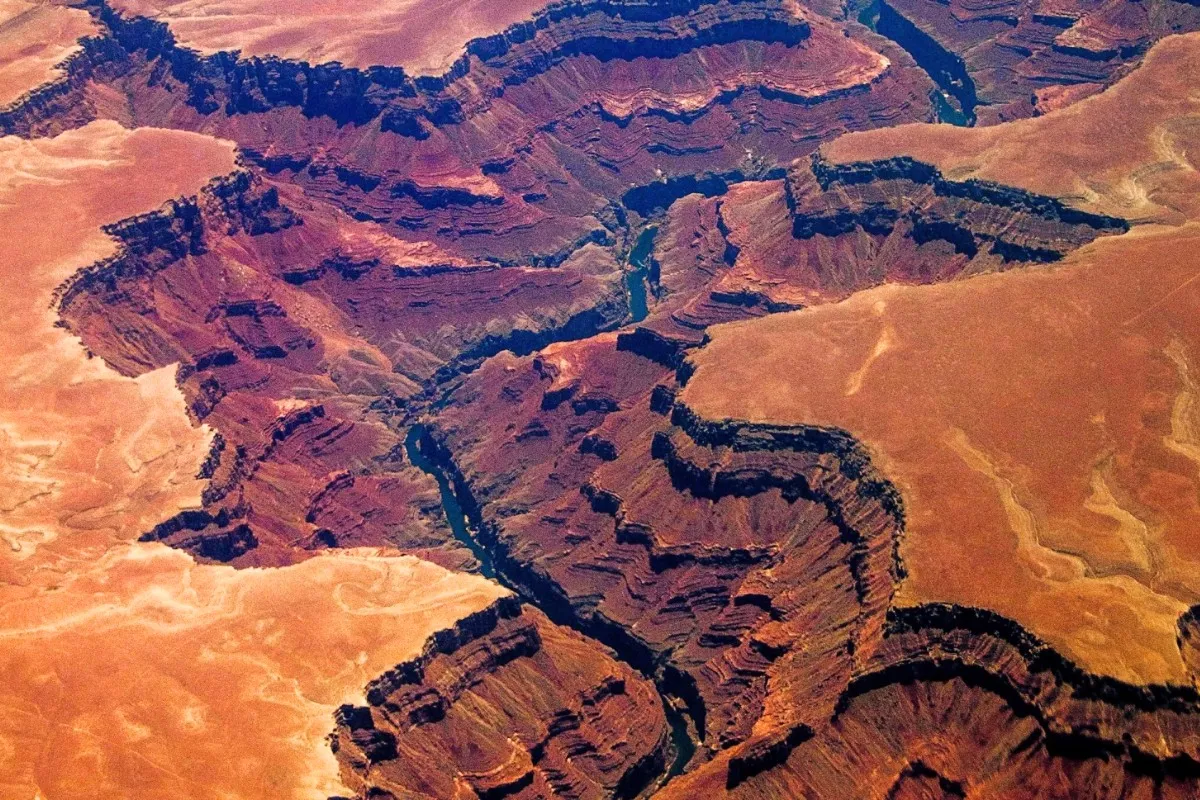
The Creation of a Wonder: Time’s Imprint on Stone
The formation of the Grand Canyon is a long tale of nature’s power. Millions of years ago, the Colorado River began its journey of carving this canyon by eroding the rock layers, creating a deep incision into the earth. The different layers of limestone, shale, and basalt have recorded the marks of time, reflecting Earth’s formation history through various eras.
The Golden Time for a Grand Canyon Ecotourism Trip
To have the most fulfilling ecotourism experience in Arizona at the Grand Canyon, consider the timing of your visit. Spring (March-May) and autumn (September) are ideal choices. The weather is pleasant during these seasons, the scenery is stunning, and the tourist crowds are less dense, allowing you to fully enjoy the canyon’s beauty. If you love magical winter landscapes, the snow-covered Grand Canyon is also a worthwhile experience.
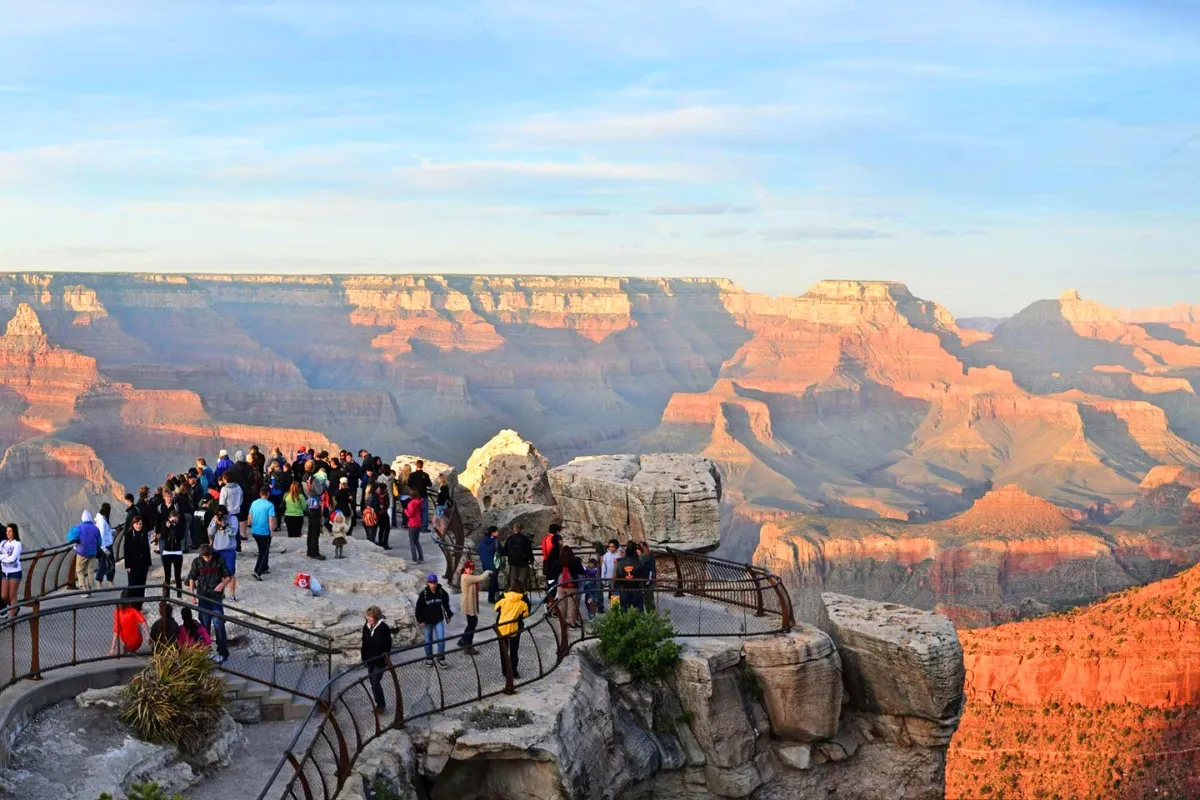
Exploring Key Attractions: A Diverse Journey
The Grand Canyon is divided into three main areas: South Rim, North Rim, and West Rim, each offering a distinct experience.
South Rim: The Familiar Destination
The South Rim is the most famous and accessible area, open year-round and fully equipped with amenities. Here, you can visit:
- Mather Point: A popular viewpoint where you can admire panoramic views of the canyon and take stunning photos.
- Yavapai Point: Offers expansive views and has a geology center to learn about the Grand Canyon’s formation history.
- Desert View Watchtower: A Native American-style watchtower that allows you to see the entire canyon and the winding Colorado River.
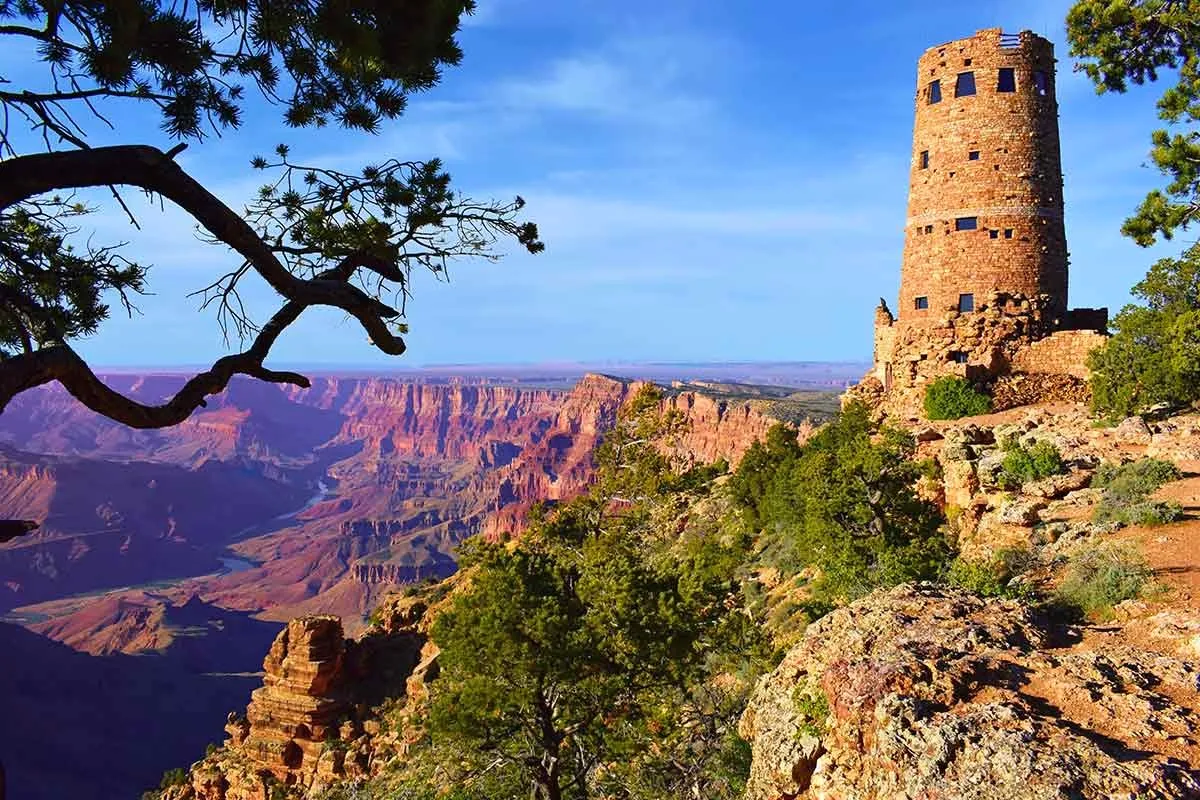
North Rim: Untamed Beauty
The North Rim offers a more peaceful and nature-immersive experience. This area is about 300 meters (1,000 feet) higher than the South Rim, creating a cooler climate and lush scenery. Some notable attractions include:
- Bright Angel Point: One of the most beautiful viewpoints at the North Rim.
- Cape Royal: Provides a sweeping view down into the canyon and the Colorado River.
West Rim: Thrills with the Skywalk
The West Rim is closest to Las Vegas and famous for the Skywalk, a horseshoe-shaped glass bridge suspended 1,200 meters (4,000 feet) above the Colorado River. This experience is not for the faint of heart but will surely give you unforgettable memories.
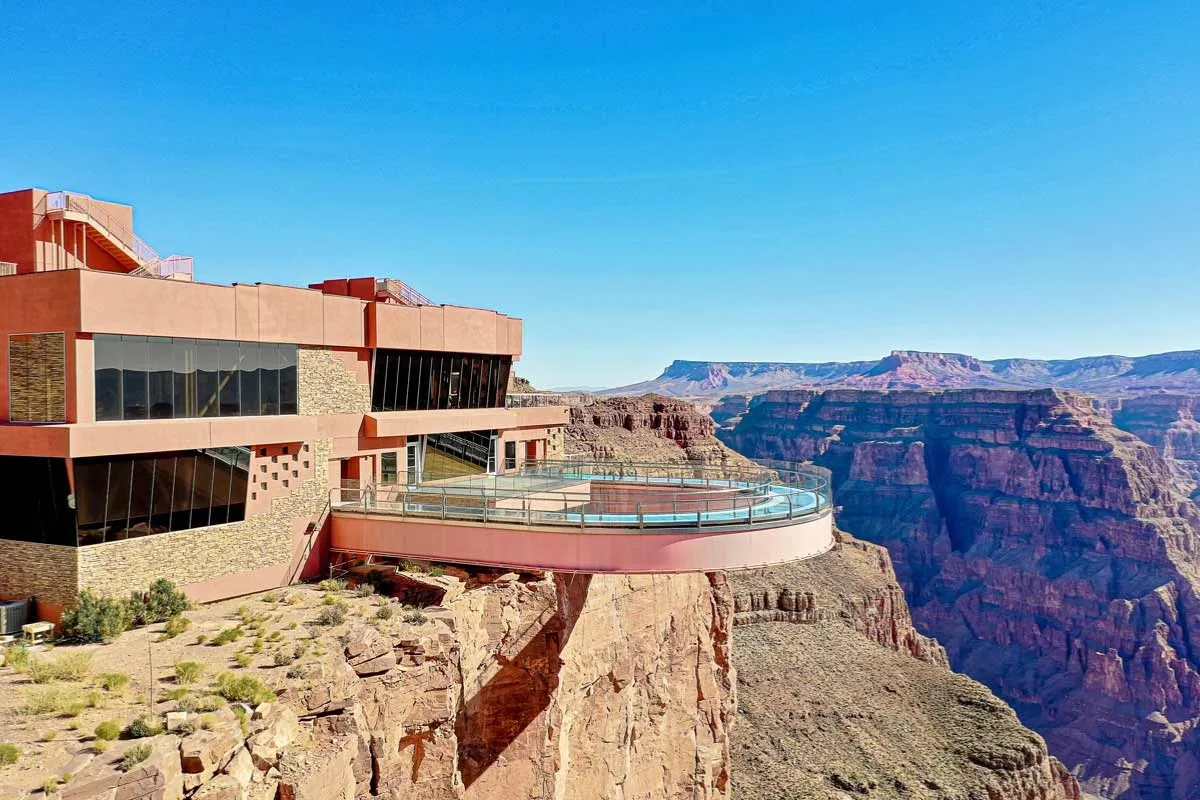
Diverse Ecotourism Activities: Immerse Yourself in Nature
The Grand Canyon is not just a sightseeing destination; it’s also a fantastic place to engage in ecotourism activities.
Hiking and Trekking
With numerous hiking trails for all levels, the Grand Canyon is a paradise for outdoor enthusiasts. Some popular trails include:
- Bright Angel Trail: An easy trail with many rest stops, suitable for beginners.
- South Kaibab Trail: A shorter trail with spectacular views.
- Rim-to-Rim: A challenging journey across the entire Grand Canyon, for experienced and fit hikers.
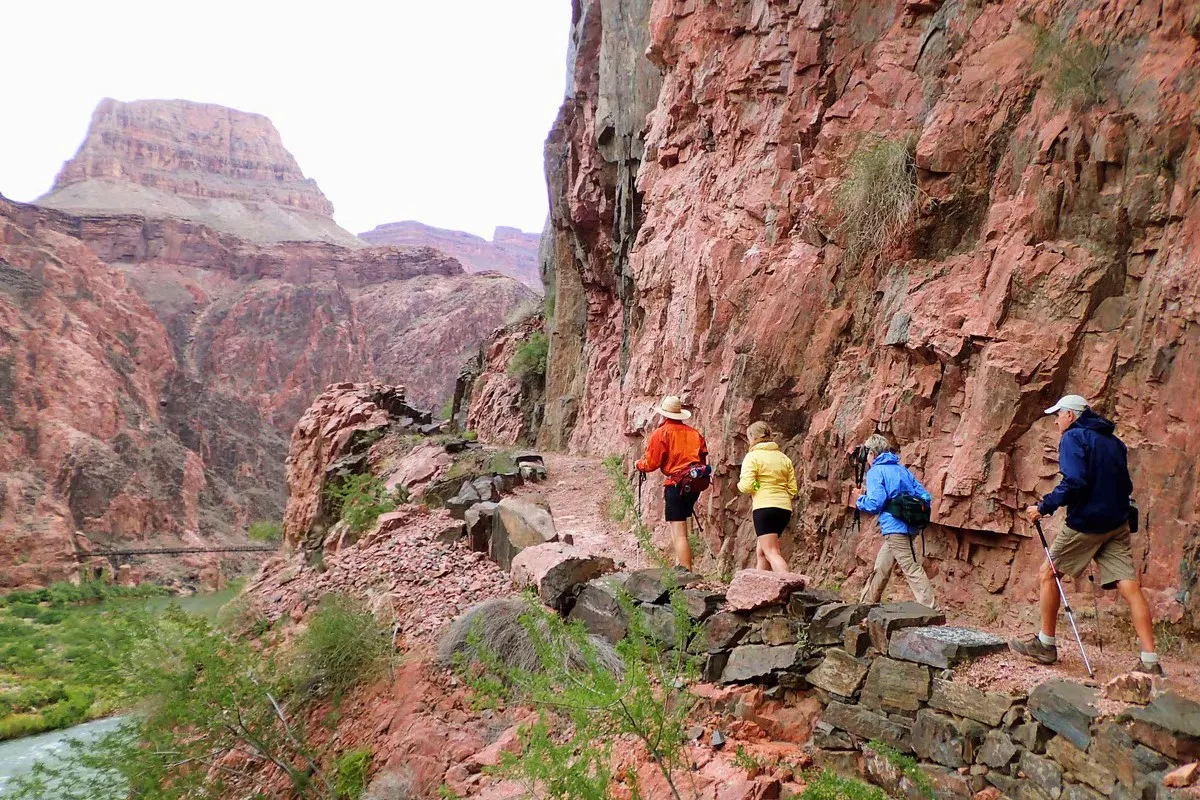
Rafting and Exploring the Colorado River
The Colorado River is the heart of the Grand Canyon, and a river trip offers a completely different perspective of the gorge. You can join tours from Phantom Ranch’s boat beach or admire the Grand Canyon from afar on short boat trips.
Sunrise and Sunset Viewing
Nothing compares to the beauty of sunrise and sunset at the Grand Canyon. The soft morning light and vibrant colors at sunset create vivid and mesmerizing natural paintings.
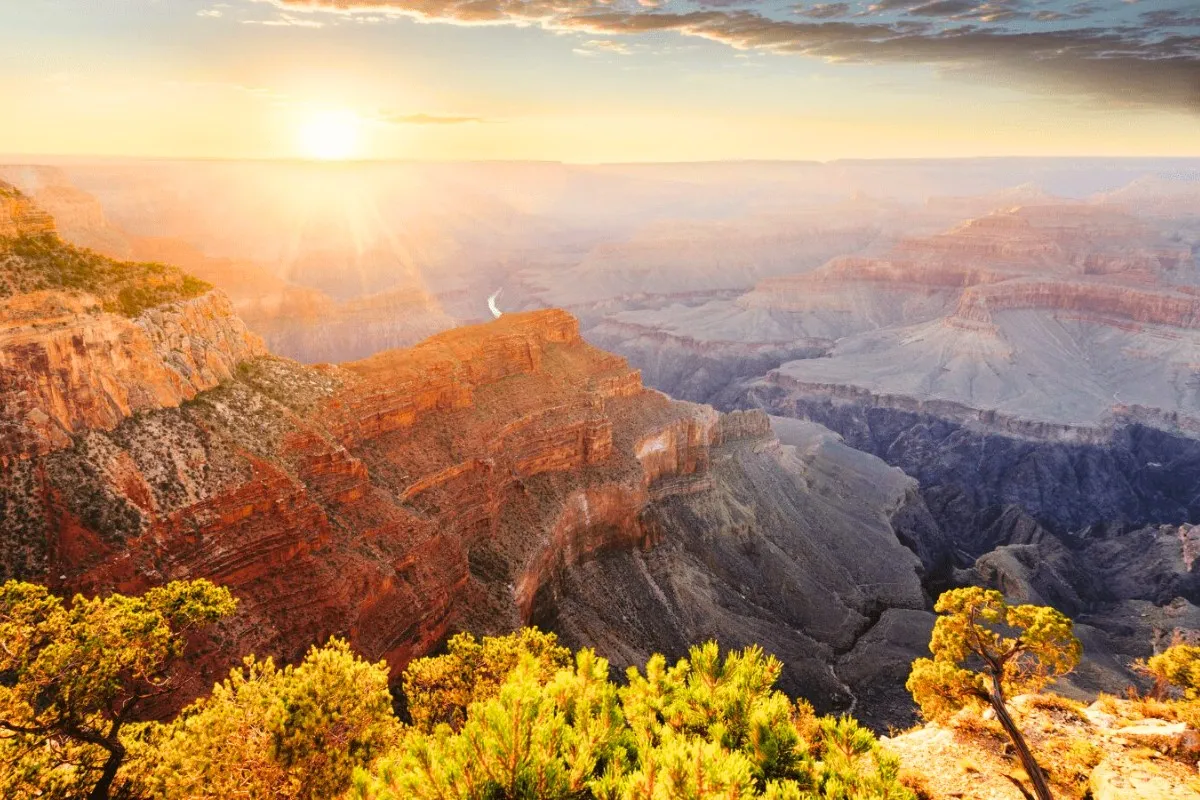
Diverse Ecosystem: A Vibrant World
The Grand Canyon is not only famous for its stunning landscapes but also for its diverse and rich ecosystem. It is home to many wildlife species, from eagles and hawks to foxes and squirrels.
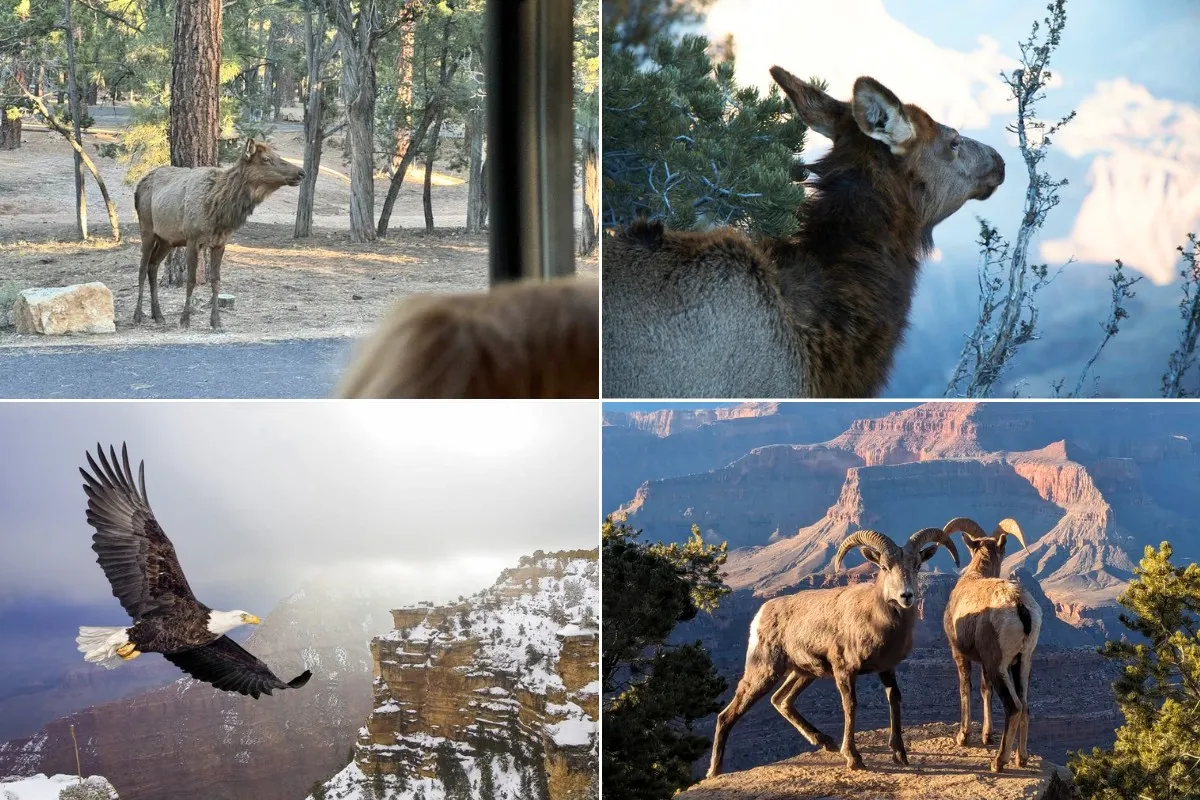
Conclusion: An Unforgettable Ecotourism Experience
With its majestic beauty, rich geological history, and diverse ecosystem, the Grand Canyon is an ideal destination for those seeking a memorable ecotourism experience in Arizona. Plan your trip today and discover the wonders that the Grand Canyon offers! Are you ready to explore this natural wonder?